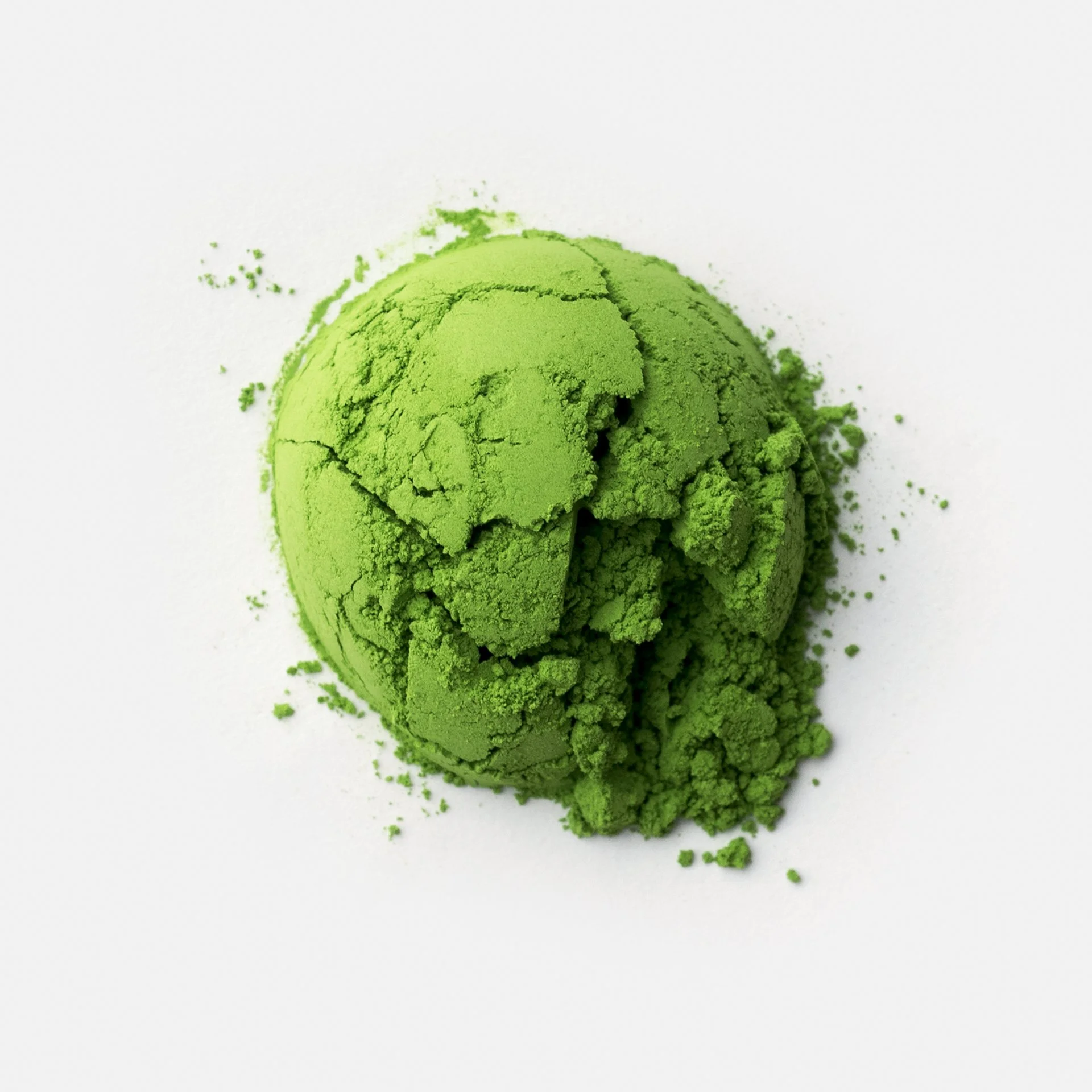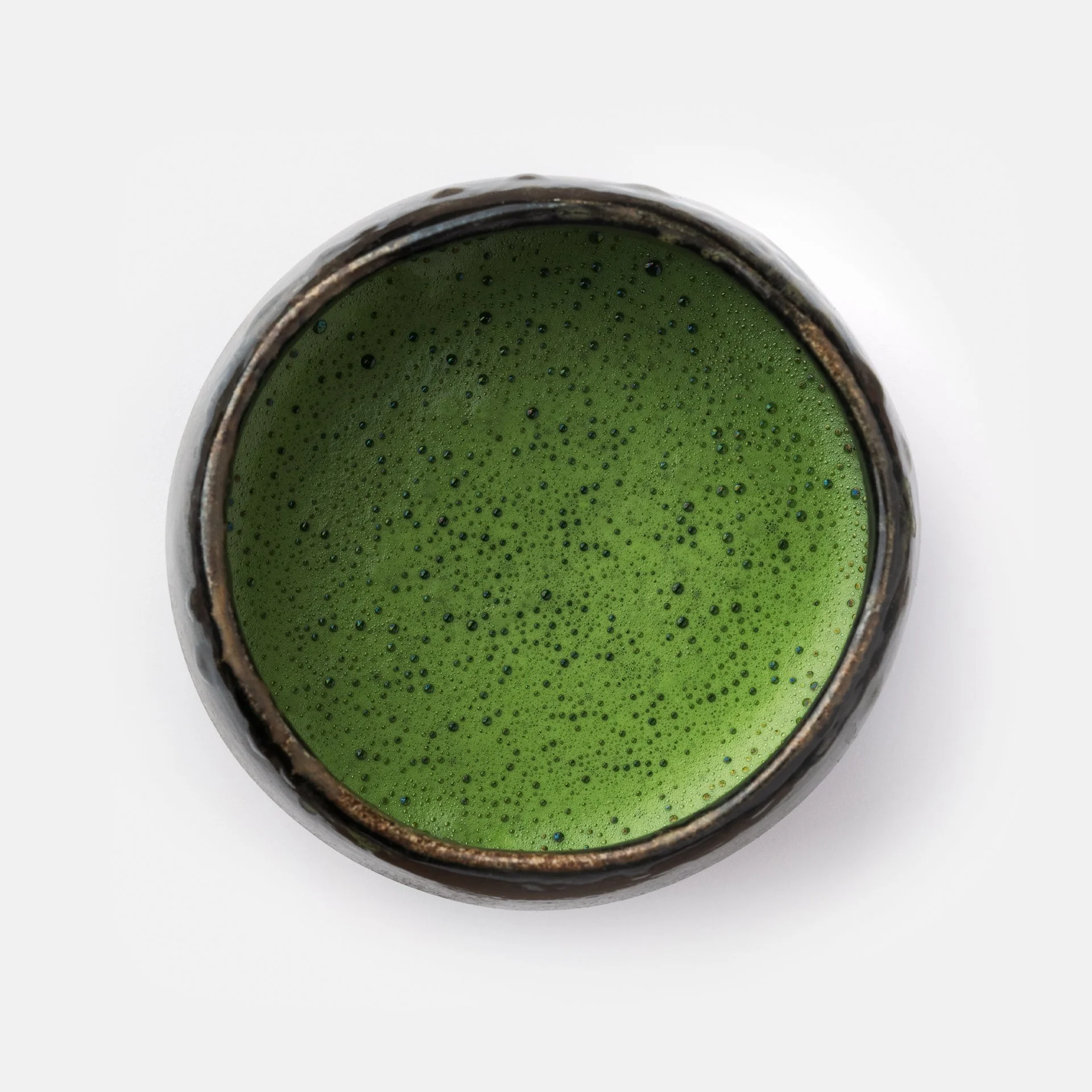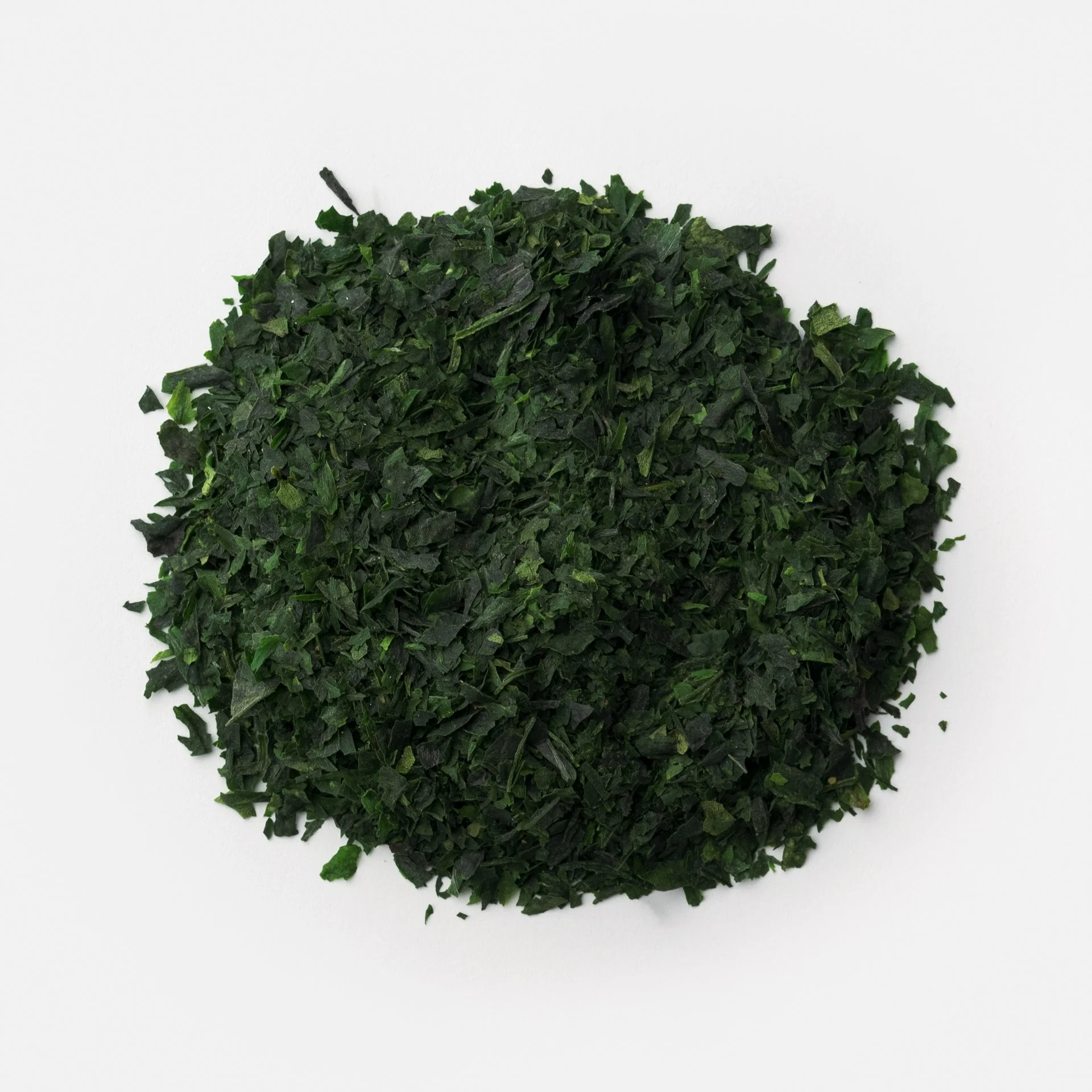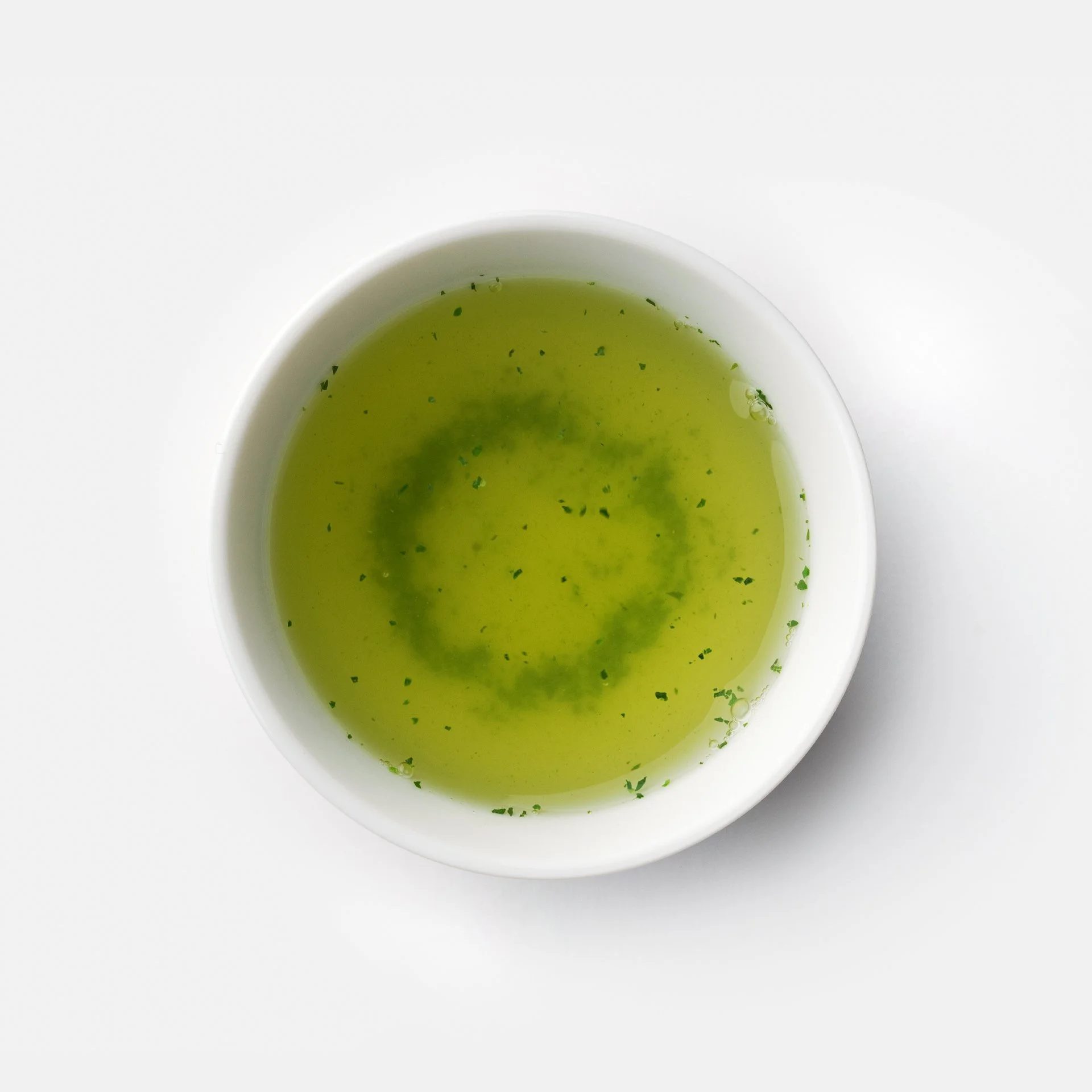Tsuji’s Uji-Hikari Shirakawa Uji Matcha
Matcha Mill Club is our monthly Matcha membership, where we stone-mill a new single-cultivar Matcha and ship it out within 24 hours of milling every month. This article details the Matcha we shipped for August 2022!
Samidori
Two months ago our Matcha of the Month was the Samidori Shirakawa (さみどり) Matcha Shirakawa from Shirakawa, Uji City, Kyoto, Japan. Samidori is a more economical cultivar from Uji - it’s easier to grow (then say, Asahi) which of course means it fetches a lower price on the market.
Samidori is a fantastic cultivar as of its balance and beginner-friendly drinkability. Though it can be, as Zach Mangan of Kettl puts it in his new book Stories of Japanese tea, “a bit boring.” While balanced, it can lack some complexity. I think the best tea is both balanced and complex.
Uji-Hikari
On to this month’s matcha, Tsuji's Uji-Hikari. Previously it’s been used primarily for Gyorkuro (and still is.) But like many other cultivars not commonly used for Matcha… that’s changed. I wonder if that’s due to the merits of Uji-Hikari as a suitable Matcha, or because demand for Matcha has so greatly increased (especially for export) where there is less export demand for other Japanese green teas.
Whatever the reason, it’s clear that Uji-Hikari works fantastically as a Matcha.
This Uji-Hikari has more complexity compared to the Samidori. Like it, it’s bright, fresh with a deep savory finish. It also comes from the same farmer as our Samidori. Though unlike the Samidori, the Uji-Hikari has a more rich and nuanced taste. I find a gentle spicy-like mouthfeel not unlike a Shito-pepper simmered in Shoyu.
Tezumi (手摘み)
This Uji-Hikari is also 100% handpicked. Handpicking tea is a laborious process and only accounts for less than 5% of tea in Japan. Though it allows the pickers to be precise: causing both less harm to the bush as well as avoiding less desirable leaves.
Tencha
I’ve included the unground Matcha known as Tencha so you can experience the tea in its crude, unrefined state. When you brew it, notice how blue the hue of the liquor is. This is characteristic of long and deep shading. Considering this Uji-Hikari has been shaded for an unprecedented 58 days, that’s very apparent!
What excites me most about single-cultivar tea is the comparison we can draw – whether it’s a different cultivar from the same terroir or the same terroir with different cultivars; you can get a wider sense of the land and the plant. If you kept your tasting notes from the Samidori I sent a few months ago, you should stack them up against the Uji-Hikari.
Or, you can also grab some Tsuji's Samidori (さみどり) Shirakawa Matcha here from our shop, and try a side-by-side comparison.




